Mark Wahlberg has long been a beacon of dedication in the world of fitness, famous for transformations that defy age and demanding movie roles. His relentless discipline and commitment to staying in peak physical condition have inspired millions, often leading to headlines about his intense, almost unbelievable, daily routines.
However, what many might not realize is that Wahlberg’s fitness journey is not static; it’s a dynamic, evolving process. Gone are the days of his notorious 2018 schedule that saw him doing multiple workouts a day, a regimen that frankly, would send most of us running for the hills. Today, his approach, while still demanding, is smarter, more sustainable, and explicitly designed for longevity, even at 53.
As senior media editors deeply familiar with the nuances of high-performance lifestyles and the science behind them, we’ve taken a deep dive into Wahlberg’s current 2025 regimen. Drawing from official sources and expert-backed insights, we’re here to break down the actionable principles behind his success, proving that while his specific schedule might be unique, the core strategies can be adapted by anyone looking to improve their physical and mental well-being.
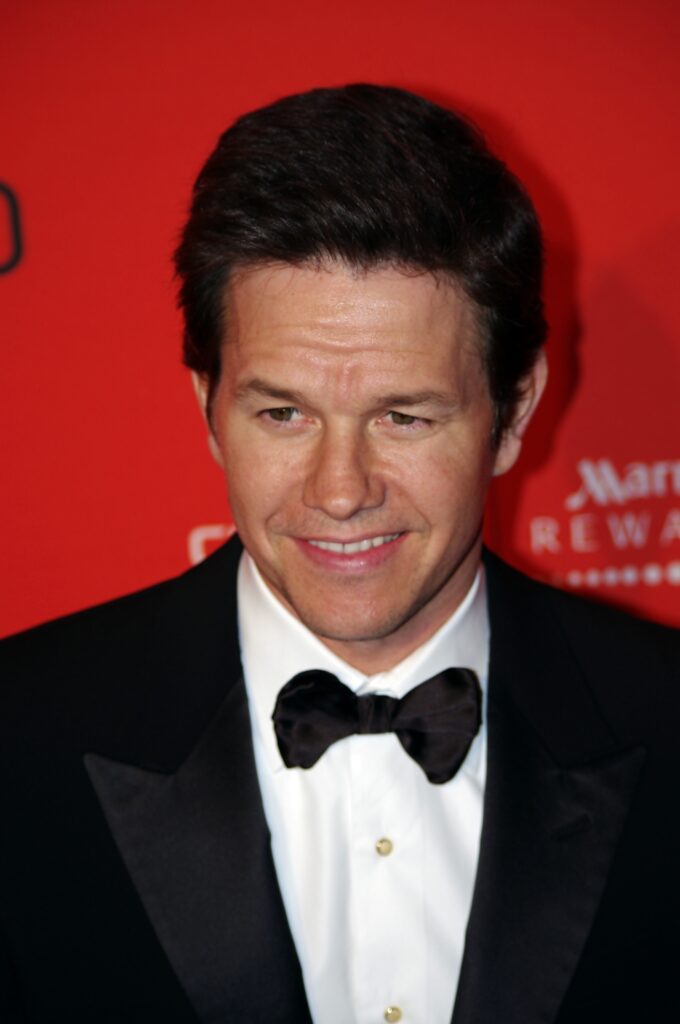
1. The Evolution of Wahlberg’s Workout: From Viral Intensity to Sustainable Performance
Mark Wahlberg’s journey through fitness has been nothing short of remarkable, capturing public attention with his extreme dedication. Back in 2018, his daily schedule, famously waking at 2:30 AM for prayer, followed by breakfast at 3:15 AM, and a first workout from 3:40 AM to 5:15 AM before a second workout later in the day, went viral. It was a testament to his sheer will, but also a routine that few could — or should — emulate.
Yet, even for Wahlberg, such a demanding regimen eventually proved unsustainable. He has explicitly stated that he has moved “from marathon 3-a-day sessions to a smarter, longevity-focused regimen.” This shift was driven by a crucial realization: “I really was working myself into the ground, I was wondering why I wasn’t getting any results.” This candid admission highlights that even the most disciplined individuals need to prioritize effectiveness and recovery over sheer volume.
His current system is built around consistency, structure, and sustainability, proving that “you don’t need fads or hacks—just discipline and science.” It’s about creating a high-performance lifestyle that, while initially daunting due to his early starts, offers principles that “can fit anyone’s life.” This evolution underscores a key lesson: fitness is a marathon, not a sprint, and adapting to one’s body and goals is paramount for long-term success.
This refined approach emphasizes early mornings, time-restricted eating, full-body strength, and daily recovery, crafting a blueprint that Mark continually modifies for optimal results. His recent transformations, like those for “Father Stu,” clearly demonstrate the efficiency with which he can still build muscle or lose fat, regardless of his age, all thanks to this intelligent, science-backed methodology.

2. The 2:30 AM Ritual: Mastering the Early Start with Purpose
One of the most talked-about aspects of Mark Wahlberg’s daily routine is his incredibly early start. He wakes consistently at 2:30 AM, a time when most are deep in sleep. This isn’t just about rushing to the gym; it’s a deeply personal and purposeful ritual, beginning with dedicated time for “prayer and gratitude” before the physical demands of his day begin. This spiritual grounding sets the tone for his entire schedule.
Wahlberg’s rationale for this extreme early rising is practical and rooted in his demanding lifestyle. He firmly believes in “getting ahead before the world wakes up.” This precious quiet time allows him to focus on personal development, prepare for his day, and incorporate “me time” activities like golf or script reading, which would otherwise be impossible with his family and work commitments. He notes, “if I also want to incorporate some golf or another ‘me time’ activity, you’ve kind of just got to get up before everybody else.”
Managing such an early schedule is a feat in itself, and Wahlberg has a simple yet powerful strategy: prioritize sleep. He emphasizes, “The big secret, gentlemen, is go to sleep earlier.” By being in bed by 7:30 PM, he ensures he gets his crucial 7-8 hours of sleep. This, combined with blocking distractions and preparing for the next day the night before, creates a seamless transition into his early morning routine, demonstrating that disciplined sleep is the bedrock of his demanding schedule.
His day then kicks off with a first meal or supplement, often a shake or black coffee, to “kickstart metabolism while fasting.” While he acknowledges that “Early rising isn’t mandatory,” he wisely advises that “starting your day with purpose can boost productivity.” This principle of intentionality, rather than the specific time, is the most valuable takeaway from his pre-dawn regimen, empowering anyone to seize their mornings, regardless of the clock.
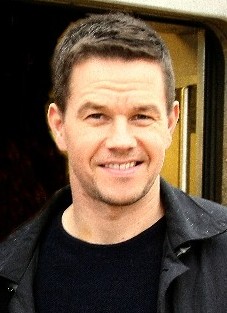
3. The RAMP Protocol: Foundation of Injury Prevention and Peak Performance
For someone who consistently pushes his body to its limits, preventing injury and optimizing performance is paramount. Mark Wahlberg understands this implicitly, which is why he “always starts with a structured warm-up to wake the body.” This isn’t a casual stretch; it’s a meticulously planned preparation crucial for longevity in his high-intensity training regimen, particularly as he progresses in age.
His go-to warm-up protocol is RAMP, an acronym that clearly outlines its purpose: “Raise (heart rate), Activate (muscles), Mobilize (joints), Potentiate (prime nervous system).” This systematic approach ensures that every aspect of his body is prepared for the strenuous work ahead. It’s a comprehensive strategy designed to gradually increase readiness, unlike haphazard stretching that can sometimes do more harm than good.
The RAMP protocol involves a series of dynamic movements and preparatory exercises. Examples include resistance band shoulder work to stabilize and strengthen the upper body, dynamic hip bridges to engage the glutes and mobilize the hips, and bodyweight squats for lower body activation. Light cardio, such as the VersaClimber or treadmill, helps elevate his heart rate, while the strategic use of blood flow restriction bands helps build muscle strength without requiring excessively heavy weights.
Ultimately, the “Why?” behind this diligent warm-up is crystal clear: it “Reduces injury risk and improves performance, especially important as you age.” As Wahlberg himself notes, his warmup not only “gets the blood flowing but also improves posture and mobility.” This foundational step allows him to approach his workouts with confidence, knowing his body is primed and protected, maximizing both safety and effectiveness.
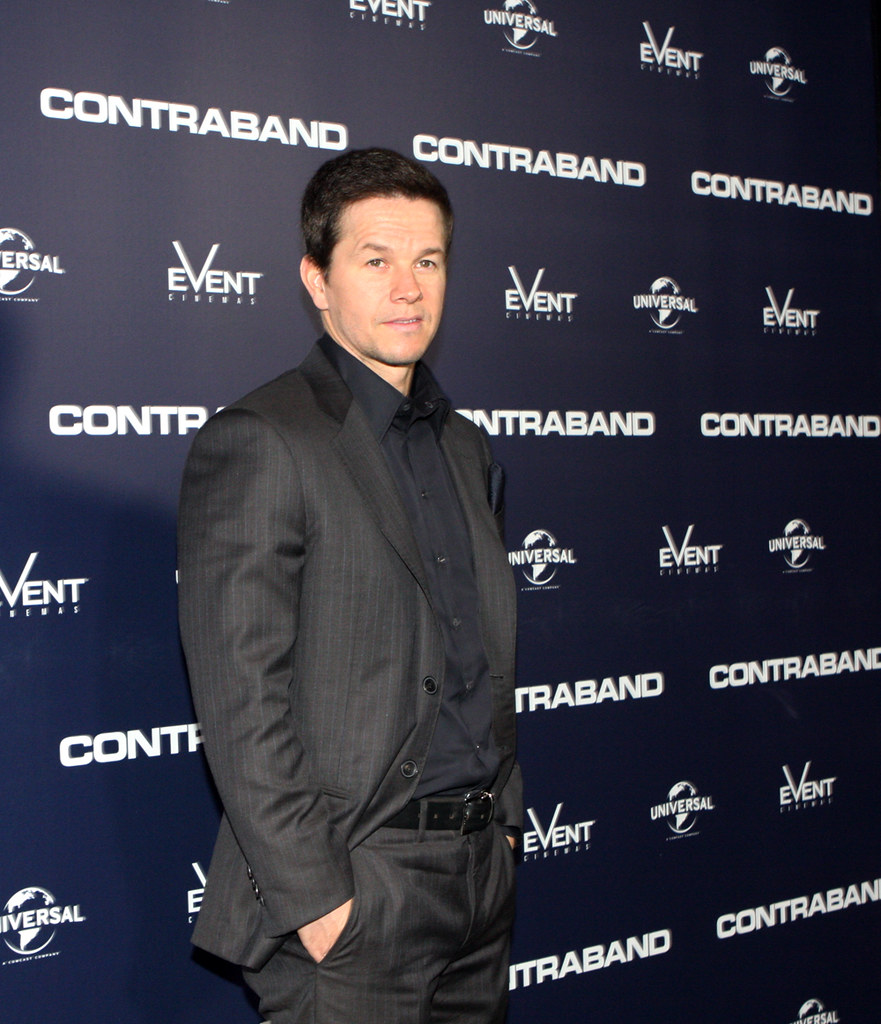
4. Targeted Strength: Wahlberg’s Chest & Arms Domination (Monday & Friday)
Mark Wahlberg’s weekly routine is a masterclass in targeted strength and conditioning, meticulously structured to ensure every muscle group receives adequate attention. His strength and conditioning split typically involves training twice a day, with “each session has a clear purpose.” For Monday and Friday mornings, the focus zeroes in on developing a powerful upper body, specifically targeting the chest and arms.
These sessions are packed with compound exercises designed for maximum muscle engagement and growth. His core routine includes foundational movements like Barbell Bench Press, performed for 4 sets of 8–10 reps, to build raw pressing strength. This is complemented by Incline Dumbbell Flyes, executed with 4 sets of 10–12 reps, which isolates the chest for definition and size. Overhead Shoulder Press (4×8-10) is integrated to sculpt powerful shoulders, crucial for overall upper body balance.
The 2025 iteration of his routine further expands on this, incorporating a wider array of exercises for comprehensive development. This includes Flat bench press with dumbbell chest fly, Front shoulder raise and incline bench press, Side shoulder raises with decline bench press, and Shoulder military press with standing shoulder press. This structured approach ensures that he targets key muscle groups from various angles, promoting balanced development and preventing plateaus.
For arm development, Wahlberg integrates exercises like weighted Triceps Dips (3x failure) and Biceps Curls (3×10–12). The updated routine adds Parallel bar dips with cable triceps pushdowns, and Overhead triceps extension with lying triceps extension, ensuring thorough engagement of all arm muscles. This combination of heavy compounds and isolation work is a key part of his program, dedicated to keeping his chest and arms toned, strong, and prepared for any physical demands.
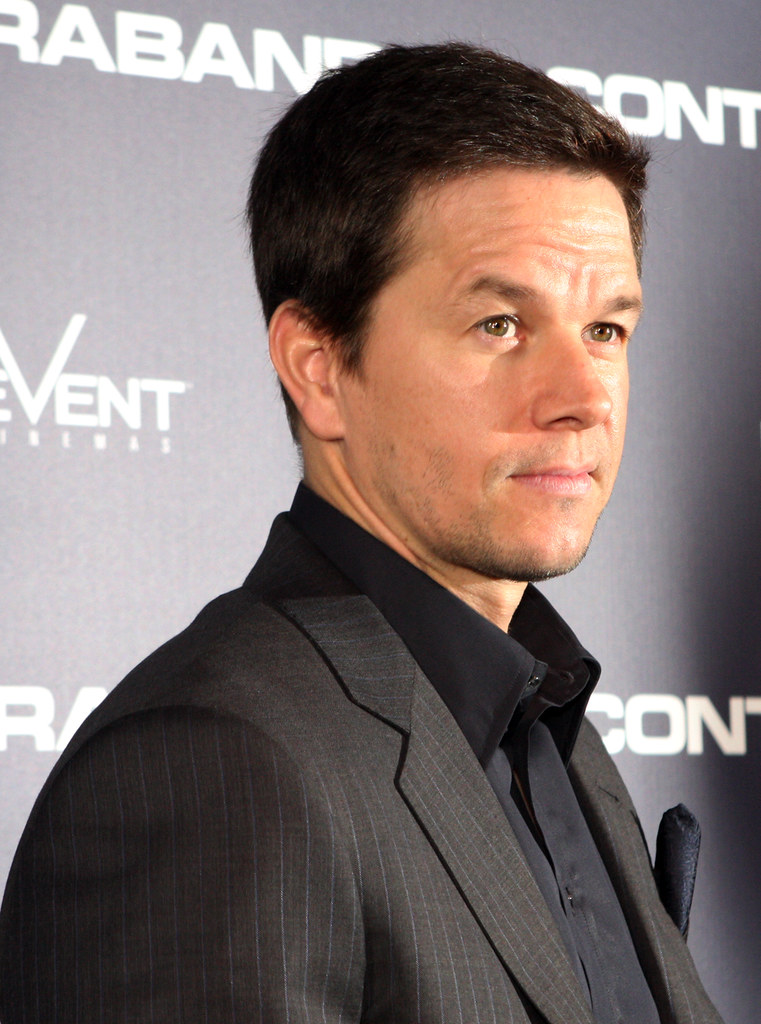
5. Lower Body & Back Power: The Leg Day Strategy (Tuesday & Saturday)
Complementing his upper body focus, Mark Wahlberg dedicates Tuesdays and Saturdays to building formidable strength in his legs and back. These are crucial days that form the bedrock of his overall physical prowess, contributing significantly to his stability, power, and athletic endurance. He approaches these sessions with the same intensity and precision as his chest and arm workouts, ensuring balanced muscle development.
The morning routine for these days features a series of demanding compound exercises. It typically includes Barbell Back Squats, executed for 4 sets of 8–10 reps, which are fundamental for developing lower body strength and muscularity. Walking Lunges, performed for 3 sets of 20 steps, enhance both strength and balance, while Deadlifts or Romanian Deadlifts (3 sets of 8 reps) are incorporated to build a powerful posterior chain and core stability.
His commitment to a strong back is evident with exercises like Weighted Pull-Ups (3 sets to failure, if possible) and Bent-Over Barbell Rows (4 sets of 10–12 reps). The detailed 2025 routine expands upon this, adding Front squats with split squats, Leg press with jump squats, Barbell deadlift with alternating leg curls, Push-ups with dumbbell rows, Lat pull downs with seated pulley rows, and Walking lunges with calf raises. This comprehensive selection targets every major muscle in the lower body and back, fostering both strength and resilience.
This robust combination of leg and back exercises is an essential component of the Mark Wahlberg workout program. It not only builds substantial muscle mass and power but also ensures that his entire physique remains balanced and functional. By prioritizing these crucial muscle groups, he lays a solid foundation for strength, stability, and injury prevention, which are vital for his demanding acting roles and active lifestyle.
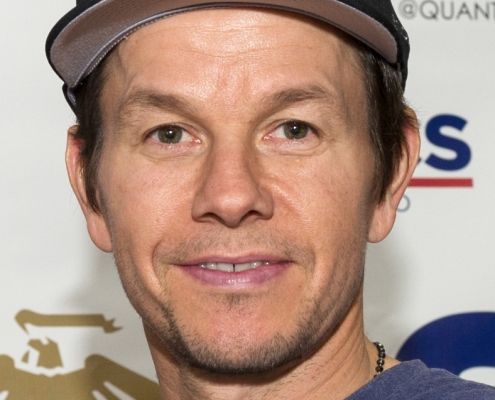
6. Full-Body Functional Strength: The Thursday Circuit Challenge
Thursdays in Mark Wahlberg’s training schedule are reserved for a dynamic full-body circuit, a strategic day designed to hit all major muscle groups and enhance overall athleticism. This approach moves beyond traditional bodybuilding splits, focusing on functional movements that build strength, endurance, and explosive power, keeping his body versatile and responsive. It’s about developing a comprehensive, integrated strength that prepares him for varied physical demands.
Wahlberg kicks off his Thursday morning workout with Morning Circuit One, a challenging series performed for 4 rounds, with 1 set of 8 reps for each exercise. This circuit includes powerful lifts such as Barbell deadlift, Push press, Power clean, Clean and press, and Hang snatch. These movements are chosen for their ability to engage multiple joints and muscle groups simultaneously, developing explosive power and coordination that translates directly to real-world functional strength.
Following this intense start, Morning Circuit Two continues the full-body assault, also performed for 4 rounds with 1 set of 8 reps per exercise. This segment combines elements like Split squats, Barbell bench press, Inverted rows, and another set of Barbell deadlifts. This mix ensures a balanced focus on both lower and upper body strength, while movements like inverted rows contribute to back health and posture, crucial for long-term physical well-being.
To ensure no muscle group is left unturned, Wahlberg wraps up his full-body day with a Finisher, consisting of 2 to 3 sets of 6 to 8 reps per exercise. This includes Cable bicep curls, Seated chest press, Seated side lateral raises, Triceps press-down, and Leg press. This comprehensive full-body workout is a key part of his regimen, helping him maintain peak condition with a well-rounded approach that builds strength, endurance, and functional capacity, ensuring he’s always ready for the next challenge.

7. Core, Cardio, and Mobility: The Afternoon Edge
While Mark Wahlberg’s mornings are typically dominated by heavy strength training, his afternoon sessions are equally vital, focusing on elements that are often overlooked but crucial for holistic fitness: core strength, cardiovascular endurance, and mobility. These sessions ensure he maintains a well-rounded physique and optimal functionality, complementing the intense muscle-building work of his mornings. He understands that a truly fit body is strong, resilient, and agile.
His core routine is efficient and effective, performing one set of 15 reps for each movement. Key exercises include McGill curl-ups, which strengthen the core while minimizing strain on the lower back, and Bicycle crunches, targeting the obliques and rectus abdominis for a more defined midsection. Side crunches further enhance oblique strength and stability, while Hip ups engage the lower abs and hip flexors. Medicine ball twists add a dynamic rotational element, working the entire core deeply and improving rotational power.
Cardiovascular health is another cornerstone of his afternoon training. Wahlberg dedicates 30 minutes to cardio, utilizing options like the elliptical, treadmill intervals, or F45 HIIT sessions. This commitment to cardiovascular endurance is essential for maintaining his high energy levels throughout demanding film schedules and daily life. It also plays a significant role in his overall body composition, contributing to fat loss and metabolic health.
Finally, mobility, stretching, and recovery are non-negotiable components of these afternoon sessions. He incorporates activities like foam rolling, stretching, and yoga poses. These practices are critical for reducing muscle soreness, improving flexibility, and preventing injuries, especially important given his age and the sheer volume of his training. These elements collectively ensure his body remains pliable, responsive, and primed for continuous high performance, solidifying his fit, flexible, and strong foundation.
Navigating the demands of Hollywood and maintaining peak physical condition for over three decades requires more than just consistent gym sessions; it demands a holistic approach that integrates nutrition, meticulous recovery, and a rock-solid philosophy. Mark Wahlberg, even at 53, embodies this comprehensive strategy, continually refining his lifestyle to support both his physically demanding roles and his long-term health. As we delve into the next phase of his regimen, we uncover the crucial pillars that allow him to perform at an elite level, proving that disciplined habits, backed by science, are the true secrets to sustained success. His journey teaches us that adaptability and a balanced focus on all aspects of well-being are paramount for enduring fitness.
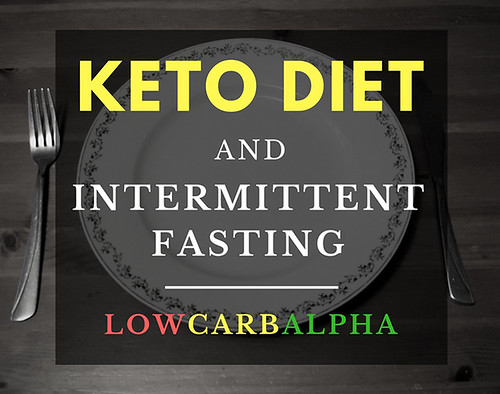
8. Intermittent Fasting: The 18:6 Method for Sustained Energy
Mark Wahlberg’s diet plan is as strategically designed as his workouts, built around an 18:6 intermittent fasting schedule. This means he consumes all his daily calories within a six-hour window, fasting for the remaining 18 hours. This approach is a significant departure from his past habits and has been a “game changer” for his physique and energy levels.
Wahlberg explicitly embraced intermittent fasting because it “boosts metabolism, helps with fat loss and insulin sensitivity, and keeps his energy steady throughout the day.” This contrasts sharply with his former “old-school bodybuilder mentality” of eating small meals every two hours, which he found led to “gut issues” and less efficient results, requiring “three times as hard doing cardio” to stay lean.
A typical eating day for Mark begins at 12 p.m. with his “break fast,” often consisting of four eggs plus two egg whites, protein pancakes, smoked salmon, almond butter, and spinach. This nutrient-dense meal provides a strong start to his feeding window, supplying essential proteins and fats to fuel his body.
His lunch at 2:30 p.m. usually features grilled chicken breast, sautéed bok choy, and brown rice or quinoa, ensuring a balanced intake of lean protein and complex carbohydrates. Dinner, around 5:30 p.m., might be sirloin steak or salmon, accompanied by roasted vegetables, mixed greens, and avocado, rounding out his caloric intake with healthy fats and fiber. Snacks within his window include protein shakes from his brand, Performance Inspired, along with almonds and Greek yogurt.
During his fasting period, Wahlberg sticks to black coffee, plenty of water, and sometimes herbal tea, ensuring he never breaks the fast. This disciplined eating pattern has proven incredibly effective, helping him go “from 15-ish percent body fat to single-digit, while still being able to build lean muscle,” showcasing the power of strategic nutritional timing for optimal body composition and sustained performance.
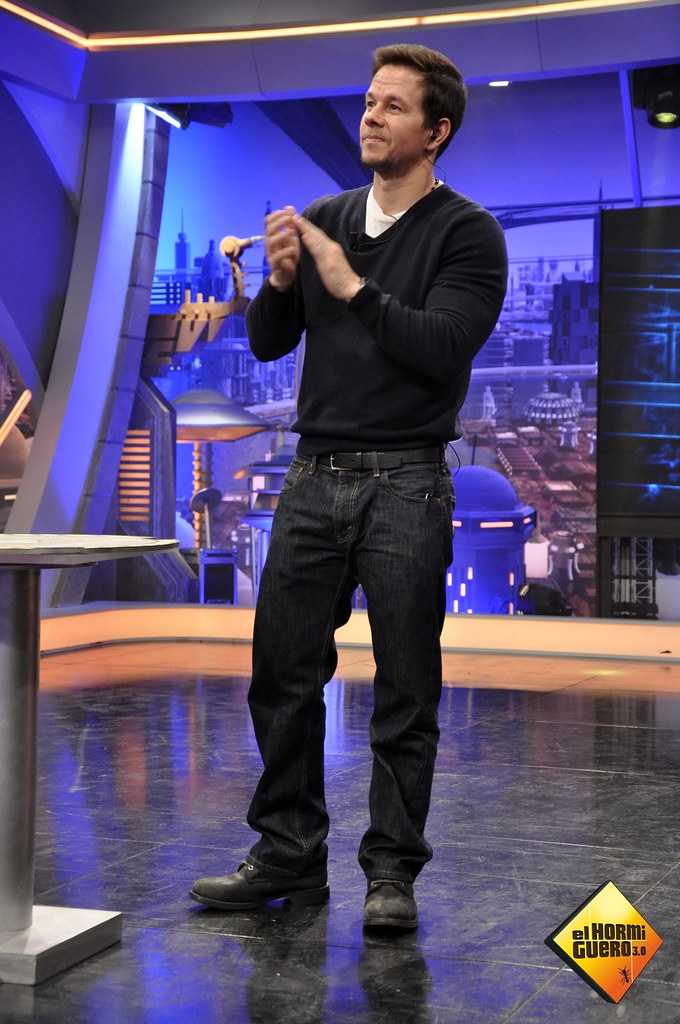
9. Strategic Supplementation for Performance & Recovery
In any high-performance regimen, strategic supplementation plays a vital role in supporting intense training, recovery, and overall well-being. Mark Wahlberg integrates a selection of key supplements into his daily routine, understanding that they can bridge nutritional gaps and optimize his physical output.
His core supplement stack includes protein powder and shakes, which are essential for post-workout recovery and as convenient, protein-rich snacks within his eating window. Protein is critical for muscle repair and growth, supporting the rigorous demands of his strength training sessions. These shakes are often from his own brand, Performance Inspired Nutrition, reflecting his personal endorsement and trust in their efficacy.
Beyond protein, Wahlberg also incorporates BCAAs (Branched-Chain Amino Acids), which can help reduce muscle soreness and fatigue, especially crucial given his frequent and intense workouts. Multivitamins ensure he covers all his micronutrient bases, supporting overall health, while omega-3s provide anti-inflammatory benefits and aid in joint health, vital for longevity in training. These supplements are not standalone solutions but integral components that complement his disciplined diet and workout schedule.
By carefully selecting and consistently taking these supplements, Wahlberg ensures his body has the necessary tools to perform, recover, and adapt. This meticulous attention to nutritional detail underscores his commitment to a science-backed approach, demonstrating that supplements, when used thoughtfully, can be powerful allies in achieving and maintaining peak physical condition.
Read more about: Nourishing Your Future: 8 Groundbreaking Food Insights for Health and Vitality After 40

10. Daily Recovery & Wellness Habits: The Longevity Blueprint
Mark Wahlberg firmly believes that recovery is just as critical as training, a philosophy he encapsulates with the powerful statement: “You can train hard, but without rest, you won’t last.” His dedication to daily recovery and wellness habits is a testament to this, ensuring his body can heal, adapt, and remain resilient for both his demanding film roles and his active lifestyle.
One of his cornerstone recovery methods is the cold plunge or ice bath, which he performs daily, sometimes even before workouts. This practice “reduces soreness, inflammation, and boosts mood,” offering a quick and effective way to jumpstart his body’s healing processes and mental clarity. He also integrates sauna or steam sessions, which help his “muscles relax” and further aid in recovery, promoting detoxification and improved circulation.
Beyond these, cryotherapy is a regular part of his regimen, a technique known to “speed up healing, reduce joint pain,” and enhance overall recovery. Foam rolling and mobility exercises are non-negotiable, performed both “before and after training for flexibility and injury prevention.” These practices ensure his muscles remain pliable and his joints retain their full range of motion, warding off stiffness and potential injuries.
Perhaps the most fundamental recovery secret, however, is his commitment to sleep. Wahlberg ensures he is in bed by 7:30 p.m. every night, aiming for a crucial 7–8 hours of sleep. This early bedtime is the bedrock of his incredibly early morning routine, allowing him to wake at 2:30 a.m. feeling refreshed and ready to tackle his day with purpose. Prioritizing consistent, high-quality sleep is the ultimate recovery tool, making all his other demanding efforts sustainable.

11. Mark Wahlberg’s Fitness Philosophy: 5 Core Principles
Beneath the layers of intense workouts and strict diets, Mark Wahlberg’s enduring fitness success is rooted in a clear and actionable philosophy, distilled into five core principles. These aren’t just guidelines; they are the bedrock of his high-performance lifestyle, guiding every decision from his early morning start to his recovery protocols, and offering profound lessons for anyone seeking to optimize their well-being.
Firstly, Wahlberg champions “Discipline over motivation.” He understands that motivation can wane, but discipline ensures consistency. This means showing up for workouts and adhering to his routine, “whether you feel like it or not,” a powerful reminder that habits, not fleeting inspiration, drive long-term results. It’s about making a commitment and sticking to it, regardless of external factors.
Secondly, he emphasizes “Structure & planning.” Every meal and workout is meticulously mapped out, leaving no room for guesswork or improvisation. This pre-planning minimizes decision fatigue and ensures optimal execution of his regimen. This level of organization is crucial for managing his busy life, allowing him to integrate fitness seamlessly into his demanding schedule.
Thirdly, Wahlberg prioritizes “Quality over quantity.” His focus is on compound movements and clean food, rather than simply logging hours or consuming excessive calories. This principle highlights efficiency and effectiveness, ensuring that every effort counts towards his goals of building lean muscle and maintaining functional strength. It’s about smart, purposeful choices over sheer volume.
Fourthly, “Faith and family” are cornerstones of his philosophy, underscoring that “emotional balance is as important as physical.” His 2:30 AM start begins with prayer and gratitude, grounding him spiritually and providing mental fortitude. Prioritizing family time also ensures a well-rounded and fulfilling life, recognizing that holistic well-being extends beyond the physical.
Finally, “Adaptability” is paramount. Wahlberg constantly “modifies plan as he ages for longevity—not just aesthetics.” This willingness to evolve his routine, shifting from past extreme methods to smarter, sustainable practices, is key to his enduring fitness. It’s a dynamic approach that ensures his regimen remains effective and safe as his body and life circumstances change, proving that a rigid mindset can hinder long-term success.
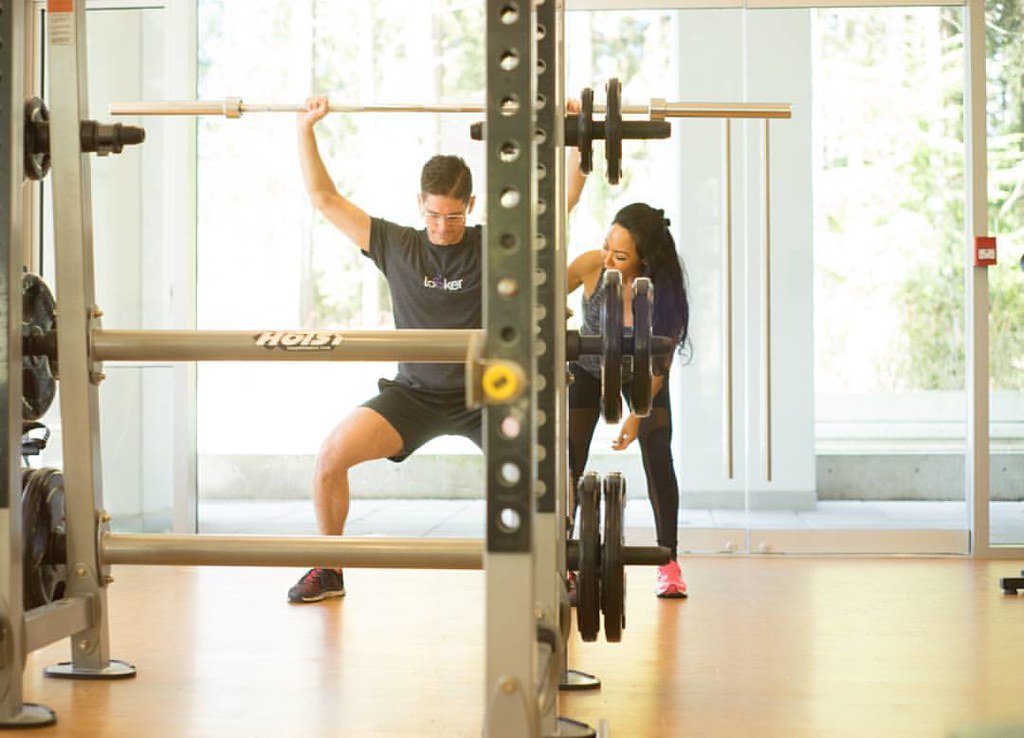
12. Adapting Training for Longevity as He Ages
Mark Wahlberg’s fitness journey is a testament to the power of adaptation, especially as he navigates the physical changes that come with age. Now at 53, his approach has significantly evolved from the high-intensity, “marathon 3-a-day sessions” that once defined him, shifting towards a smarter, longevity-focused regimen. This proactive modification is crucial for maintaining peak performance and avoiding the pitfalls of overtraining.
He candidly admits, “I really was working myself into the ground, I was wondering why I wasn’t getting any results.” This realization spurred a fundamental change: moving away from an “old-school bodybuilder mentality” to prioritizing what truly serves his body for the long haul. The focus is now less on static, isolated movements and more on dynamic, functional training that keeps him agile and responsive.
Wahlberg highlights the importance of movement, stating, “Especially as you get older, you want to be able to move. Any kind of dynamic movements and exercises have been a game changer for me.” He emphasizes practical, real-world strength over purely aesthetic gains, noting that “instead of being on any kind of stationary equipment… it’s movement, lateral movement.” This includes a strong emphasis on exercises like lunges, which build stability and improve overall mobility.
Intermittent fasting has also been a “big change” in how he trains and prepares for roles. He shares how it helped him lean out for films like “Our Guy from Jersey” after gaining weight for “Father Stu.” This dietary shift, combined with his dynamic training, allowed him to get “as lean as possible” and efficiently transition his physique, proving its efficacy for body composition and recovery, even with demanding transformations.
His commitment to adaptability ensures his body remains a finely tuned instrument, capable of meeting cinematic demands without sacrificing long-term health. By embracing dynamic movements and intelligent nutrition, Wahlberg exemplifies how to train effectively and sustainably as the years progress, turning age into an advantage through smart, evolving strategies.
Read more about: The 14 Best Car Accessories Under $50 That 9 Out of 10 Drivers Swear By for Enhanced Journeys
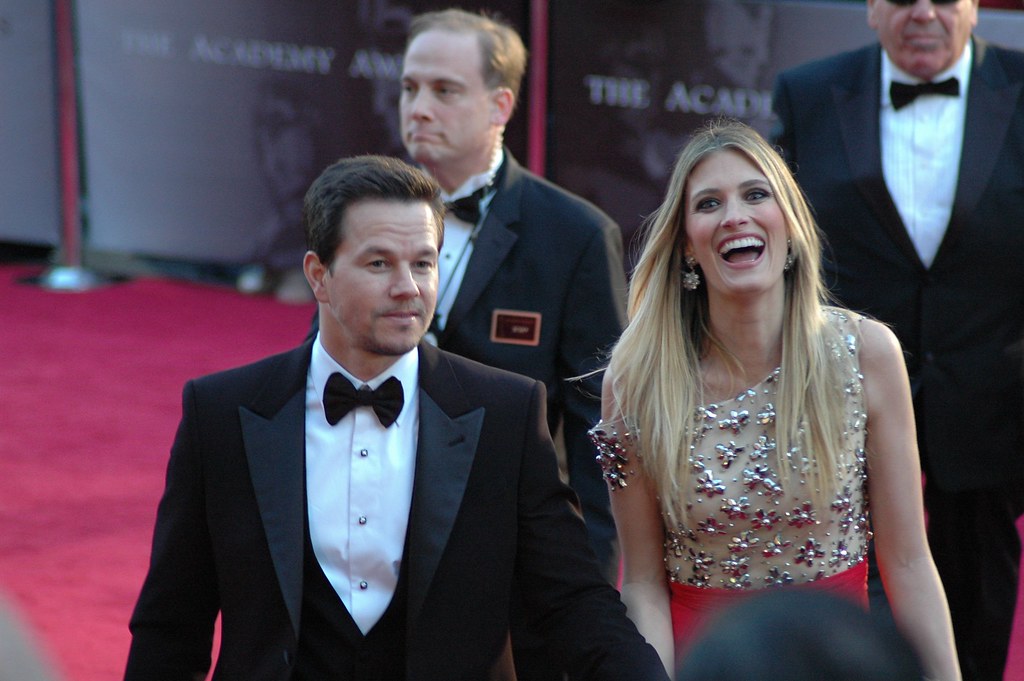
13. Integrating F45 Training for Versatility and Community
Beyond his meticulously planned personal workouts, Mark Wahlberg actively incorporates F45 Training into his fitness regimen, showcasing his belief that effective, high-intensity functional training is accessible and beneficial for everyone. As an investor and Chief Brand Officer for F45, he not only champions the brand but also participates in its group classes, demonstrating that you don’t always need a private gym to achieve results.
His involvement with F45 proves that even someone with his resources and specific training demands finds value in group fitness. He often posts his workouts at F45 Studios, highlighting how these “group HIIT classes” help him “maintain intensity and fun.” This integration allows him to tap into a diverse range of functional movements and cardiovascular challenges that complement his strength training split.
F45 is designed around 45-minute sessions that combine different functional movements to target both fat loss and lean muscle gain. The program offers “global consistency,” meaning every F45 studio worldwide follows the same daily class, which is perfect for Wahlberg’s travel schedule, allowing him to maintain his routine no matter where he is. The classes alternate between “cardio-based HIIT, strength training, or a mix of both,” ensuring a well-rounded and continuously challenging workout experience.
Wahlberg’s enthusiasm for F45 extends to initiatives like “Wahlberg Week,” a series of free workouts he co-programmed, inspired by his life and film roles. This initiative further solidifies F45’s appeal as a “simple and effective” way to stay active daily, providing a supportive yet challenging environment. He emphasizes that “anybody who’s done F45 knows that you can challenge yourself at any time during any part of the workout. You just have to push yourself.”
By integrating F45 into his routine, Wahlberg demonstrates a practical, no-excuses training philosophy that embraces versatility, community, and continuous challenge. It’s an accessible blueprint for readers looking to incorporate high-intensity, functional fitness into their lives, reinforcing the idea that consistent effort in a structured yet adaptable environment yields real, sustainable results.
Mark Wahlberg’s journey from a viral extreme workout schedule to his current, intelligent 2025 regimen offers invaluable lessons for anyone aspiring to peak physical and mental well-being. His commitment to early starts, dynamic training, strategic nutrition, meticulous recovery, and an adaptable philosophy forms a comprehensive blueprint for sustained high performance at any age. He’s proven that true fitness isn’t about fads or temporary hacks, but about unwavering discipline, science-backed strategies, and a holistic approach that nurtures the mind, body, and spirit. By embracing these principles, we too can unlock our potential and craft a lifestyle that supports strength, longevity, and an unshakeable sense of purpose.



